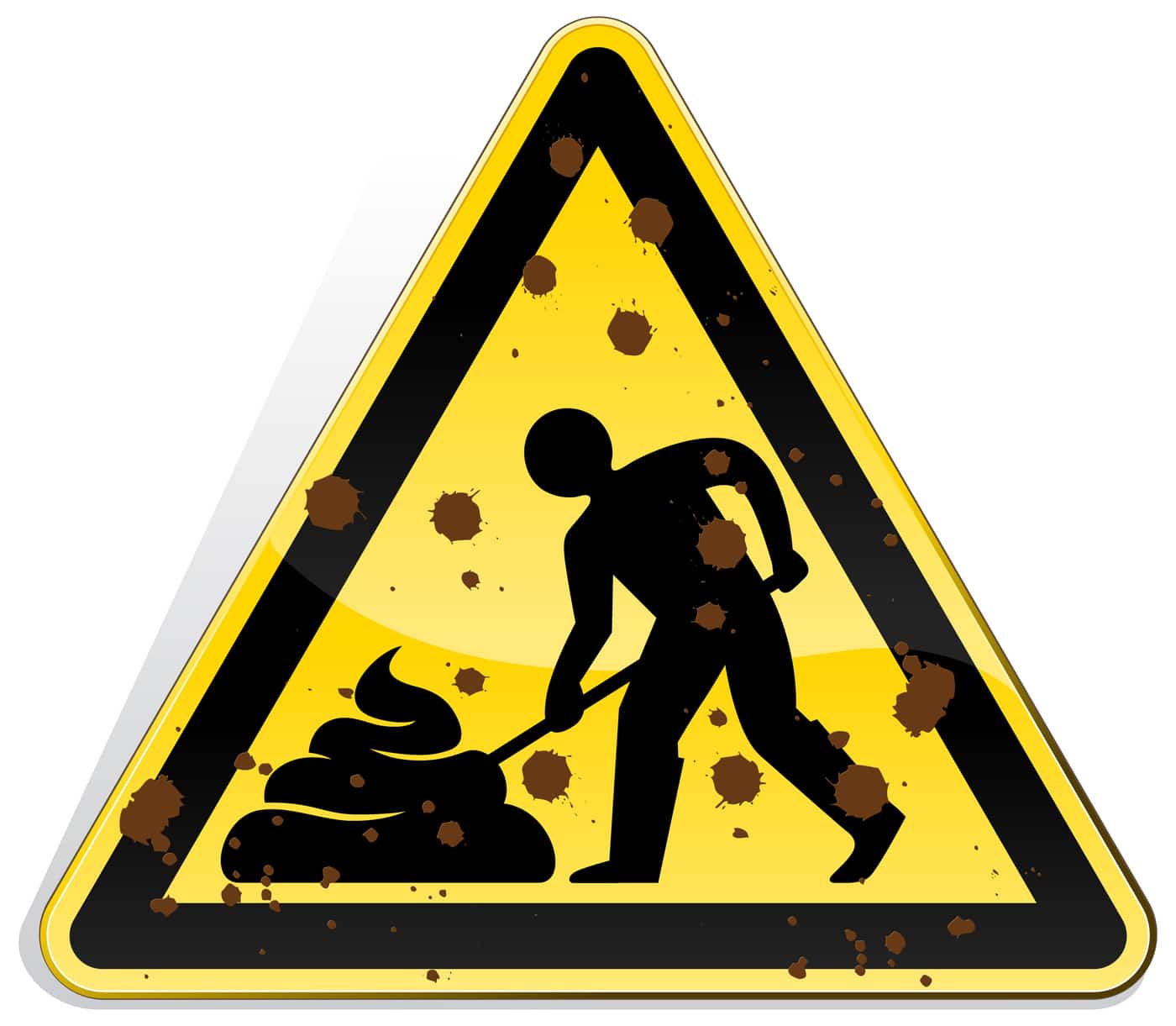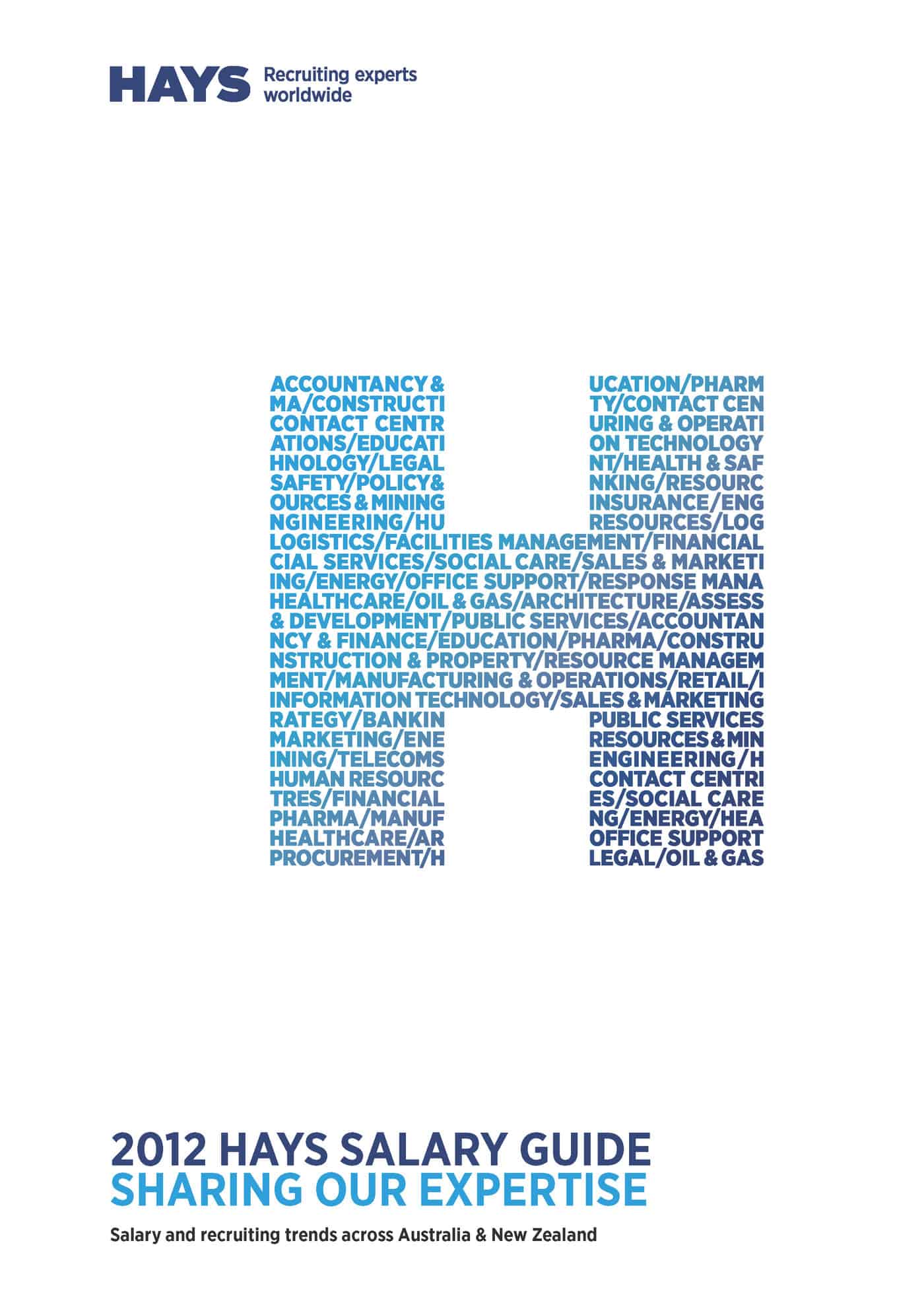In a recent edition of Safety Express, a newsletter from WorkSafe Victoria, Clarke Martin outlined the benefits of WorkSafe’s Owner Visit program to one regional company. This good news story needed more depth and detail so Clark Martin provided SafetyAt WorkBlog with additional information.
 The Safety Express article outlined that a company of over 200 employees gained advice through WorkSafe’s free 6-hour consultancy service and has
The Safety Express article outlined that a company of over 200 employees gained advice through WorkSafe’s free 6-hour consultancy service and has
“…made significant savings in insurance premiums over a two-year period. The financial and safety benefits are continuing today.”
“The company agreed to make significant changes to the way the business managed its OHS and RTW, and the financial management of premium costs.”
“WorkSafe worked with the company for two years and in this time the EPR dropped to just 34 per cent above average and work is continuing to further improve its performance. The company advised WorkSafe that savings achieved from reduced insurance premiums was equivalent to the profits on producing and selling an additional $16m of product.” Continue reading “More details of the costs of managing safety required from OHS regulators”


